After leaving DeSoto National Wildlife Refuge, at 11:00 a.m. I crossed the Missouri River again on 30W into “NEBRASKA…the good life.” The temperature was close to 80°F. I entered the town of Fort Calhoun, passed the Little Rascals Child Care Center and then arrived at Fort Atkinson State Historical Park.
I was greeted by the “First Council” sculpture, a life-size creation which depicts the first official meeting on August 3, 1804 between the Lewis & Clark expedition and Native Americans. The bronze sculpture includes figures of Lewis and Clark, two Otoe-Missouria chiefs, an interpreter, and the expedition’s Newfoundland dog, Seaman.
During this meeting, William Clark wrote that they delivered a long speech to the Indians expressive of their journey and the works of their government and gave advice to them and directions on how they were to conduct themselves. He talked of President Thomas Jefferson’s hopes for peace and trading partnerships with the tribes. The chief also delivered speeches. All speeches had to be translated between English and the Oto and Missouri languages.
A demonstration followed in which Lewis fired an air gun that he said “astonished the natives.” Lewis and Clark presented gifts, including medals, cloth, gunpowder, whiskey and face paint. Before the Indians left, they smoked a peace pipe and shared food and whiskey with the American visitors.

“First Council” sculpture

Native American
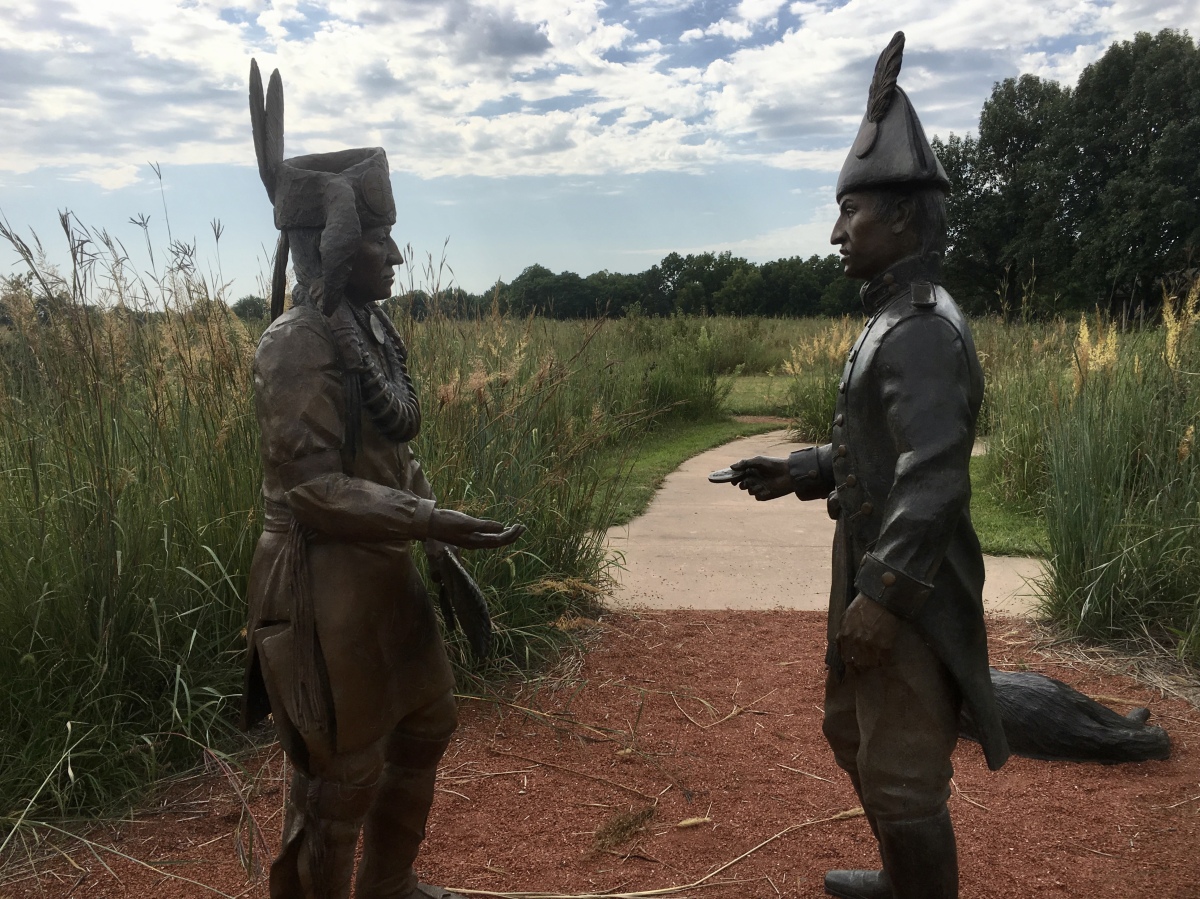
“First Council” sculpture
Fort Atkinson was built in 1820 on the recommendation of reports from the Lewis & Clark expedition. Clark had noted in his journal that the site was a good location for a fort: “An establishment here would bring about peace and the means of keeping it.”
It was the first U.S. military post west of the Missouri River and, at its peak, it held nearly one quarter of the standing U.S. Army, approximately 1,200 soldiers. It was built to keep the Canadians, the French and the Spanish out of the territory, to protect the early fur trade and river traffic, and to build relations with Native Americans, who later burned the fort to the ground. It operated from 1820 to 1827.
The fortification consisted of a rectangular arrangement of one-story barracks fashioned of horizontal logs. The structure faced inward upon an enclosed parade ground with loopholes on the exterior walls. Four entrances were located near the center of the four walls.
Outside the fortification were located a large council house for negotiating with the Indians, a gristmill, a schoolhouse, sawmill, and other buildings. A brick kiln produced thousands of bricks. Fort Atkinson represented an important early step in opening the West.
The site was saved, recovered and rebuilt in the 1960s. I saw the Fort, Sutler’s Store, the flagpole and several reconstructed rooms including the quartermaster and the prison. The Powder Magazine was used to store black powder, which was used as a propellant in rifles, muskets and cannon. Because black powder was an explosive, the magazine was built with stone walls and placed in the center of the fort. In case the fort was attacked, the location made it a difficult target. If the powder exploded, the stone walls would direct the force upward, protecting the fort and the men.
Going back through the town of Blair, I passed a Hail Repair shop. I suspected storms on the Plains could be vicious, and that only confirmed my suspicions. On Highway 75N, I passed a Kingdom Hall of Jehovah’s Witness, a horse farm, a yellow farmhouse, more cornfields, and Lippincott Creek. Tom’s Well Service advertised that help was wanted. By 12:30, raindrops started bouncing off my windshield. The village of Herman, population 310, had an American Legion and Tekamah, with its population of 1,852, had a Suds R Us Car Wash. As sign reminded me that “Life Begins at Conception.” Cows grazed placidly nearby.
In Oakland, Nebraska, I visited the Swedish Heritage Center. The owner, a man close to 80, showed me clothes, photos, and wedding dresses from his extended family and the Swedish community. Swedish crystal, linens and needlework brought by the pioneers from their homeland was also displayed.
The Dahla horses are colorful red or black horses painted with flowers. They were pretty but at $69, I didn’t buy one. The center was in a church with pews still in it and beautiful stained glass windows. One alcove was a wedding room. An old stove was the centerpiece of a kitchen display, and a nursery had baby cribs.
The man played some hymns on what he said was a clavichord. He showed me the crafts he made: flowers and vases made from book pages and flowers made from corn husks. He revealed that he has been buying tamale husks from the Mexicans because the corn husks get moldy. I bought some note cards from him for $10. He would have talked my ear off if I’d let him, but I said I had to move on to Madison.

Swedish Heritage Center in Oakland, NE

Swedish dahla horse in front of the Swedish Heritage Center

stained glass windows in the Swedish Heritage Center
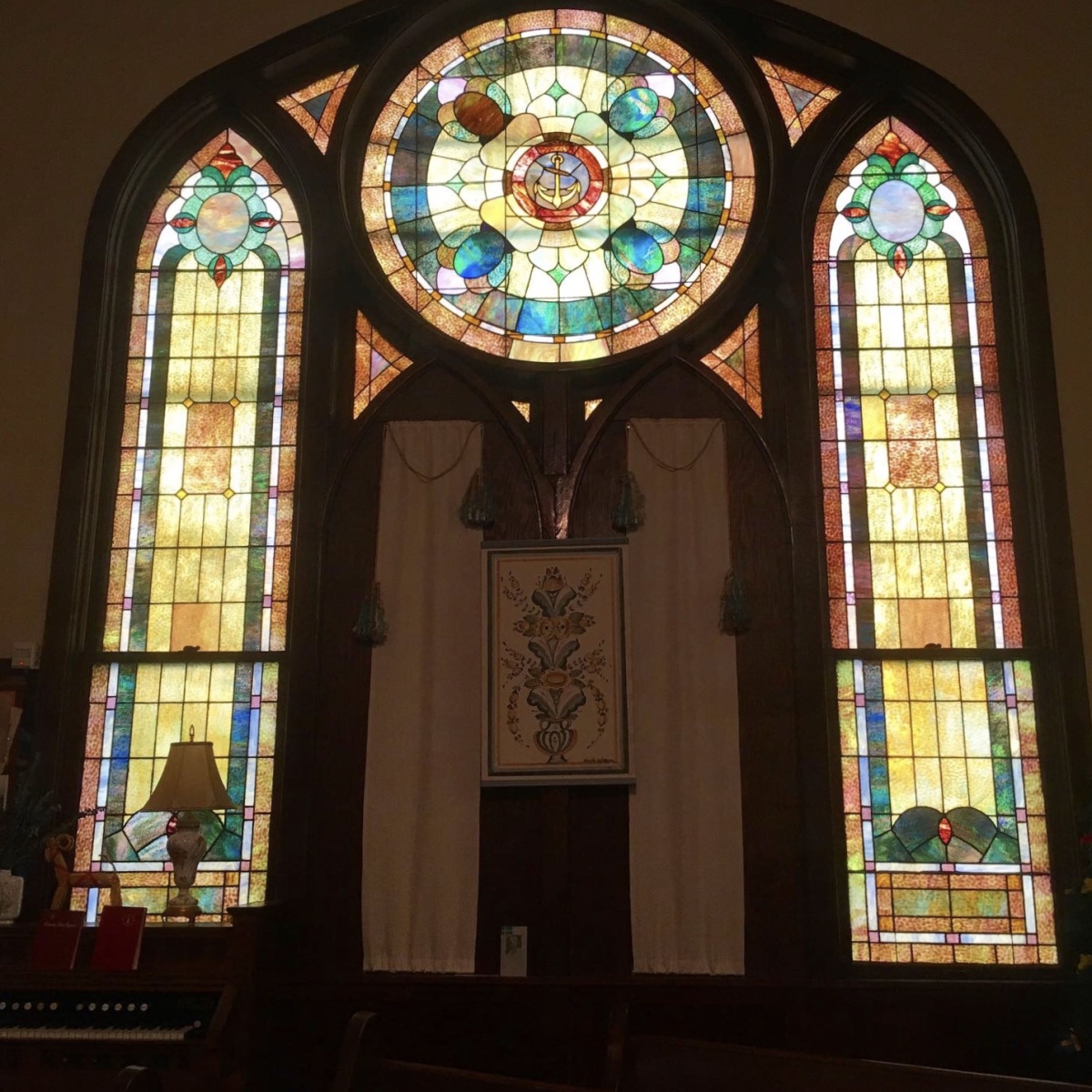
stained glass windows in the Swedish Heritage Center
It took me another hour to get to Madison, NE, driving 77S and then 32W through West Point amidst corn, corn, and more corn, barns, farms, silos, yellow flowers, gentle hills, red barns, sheep and a patchwork of greens. A huge congregation of cattle hunkered down at Hagdeon Feed Yards, and then lines of telephone poles led me through curvy rolling cornfields and clusters of trees.
I showed up at the Madison County Historical Society Museum to find it closed, but there was a phone number on the door. I called and waited for a woman to show up.
One display told the story of the Orphan Train riders, abandoned and orphaned children from New York City who were sent by trains to the Midwest and given new homes in communities, like Madison, throughout the Great Plains. The woman there told me about a reunion they had with the few people still alive from the orphan trains. Many had a difficult time because the families who adopted them wanted them only for farm labor. One woman had come by train with a special Raggedy Ann doll. Her new mother burned it as punishment when she misbehaved. The girl was heartbroken. An organization gave her one to replace the one she’d had and she was moved by that gesture.
Nebraska Off the Beaten Path also noted there was a sizeable pencil collection here, but it turned out there was only a pen collection (with business names on them). There weren’t “a zillion of them,” as the book had mentioned. The man who started the museum did so to save an old fire truck; he exchanged pens with other people. I had come across a large collection of pencils at the Mercantile in Omaha (see a walk around the old market in omaha, nebraska). It’s intriguing to me what people decide to collect.
Museum displays told stories about people from various wars. One girl was born after her father went to war; he was killed so she never met him. She wanted to find out about him, so researchers and reporters found out his fate.
There was another exhibit about some wealthy folks in town having to do with Deets Furniture.
I finally left this small-time museum and the dying town of Madison. It was only another 22 minutes to Norfolk, Nebraska, the home of Johnny Carson, where I would spend the night.
*Thursday, September 5, 2019*














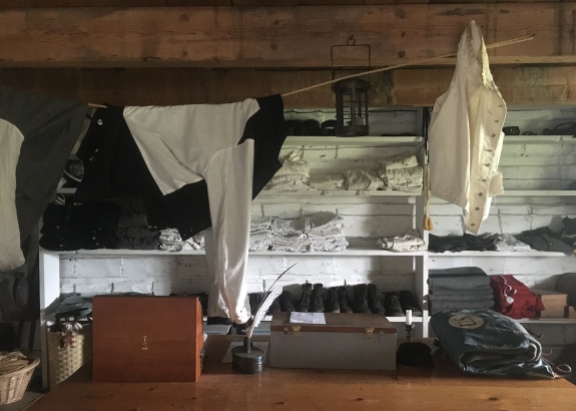












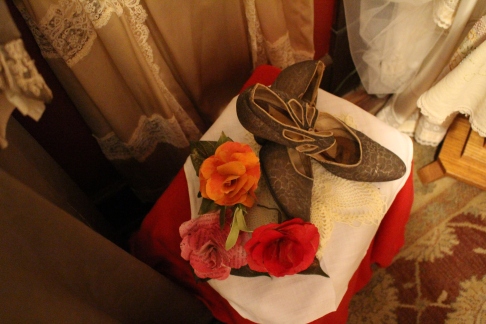










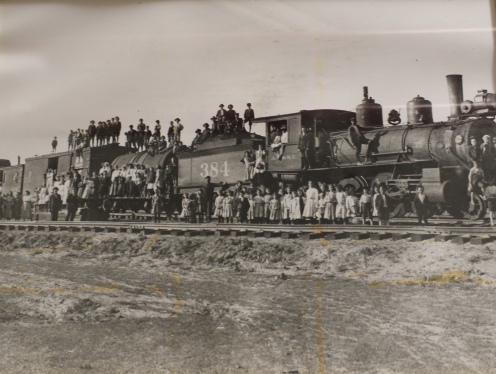












The windows are very beautiful. Sad story about the orphans, I know we were still sending child migrants abroad as late as the 1960s. Horrific.
LikeLike
Thanks, I liked the windows in that church. I know there’s a novel called Orphan Train by Christina Baker Kline. I hope to read it one of these days!
LikeLiked by 1 person
I’m imagining the dog as an effective diplomat.
The orphan situation sounds harsh, to say the least. My mother spent time in an orphanage after her father’s death, so I guess I have some awareness of the general dynamic. To see these children merely as labor is appalling.
I’m glad you brought up rolling land. Many folk believe the Midwest has only flatland. And rivers.
I hope you have a good, new week, Cathy!
LikeLike
I bet Seaman was a very effective diplomat, Christopher. I can’t imagine what the orphan situation was back in the early 20th century and before. How sad for your mother that she spent time in an orphanage. I hope she recovered from the experience. As for the rolling land, I was surprised by it all! I expected a landscape endlessly flat. You have a good week too! 🙂
LikeLike
How interesting to find a Swedish museum in the middle of Nebraska.
LikeLike
I agree. I was surprised to find how many Scandinavians populated the Great Plains.
LikeLike
I once made the 5-day canal journey from Gothenburg to Stockholm in one of the original Swedish boats that carried the immigrants from their homes to the sea to set sail for the US and a new life. Along the way we were told tales of the early journeys and how the immigrants, country farmers all, had never left their villages and were so frightened by the black waters of the two lakes they had to cross (we did as well) that they fell to their knees in prayer. I wonder how they felt when faced with the ocean?
Moving on, I quite fancy one of those fur coats from the Madison County Historic Society Museum!
LikeLike
I bet that 5-day canal journey was very interesting, Mari. I wonder if the original Swedish boats were similar to one I encountered in Minnesota, which I’ll write about later. I bet the immigrants were frightened by the two lakes, and especially by the ocean!
I’m glad you liked the fur coats at the museum. It was fun to see these tiny homegrown museums trying to preserve their history.
LikeLike